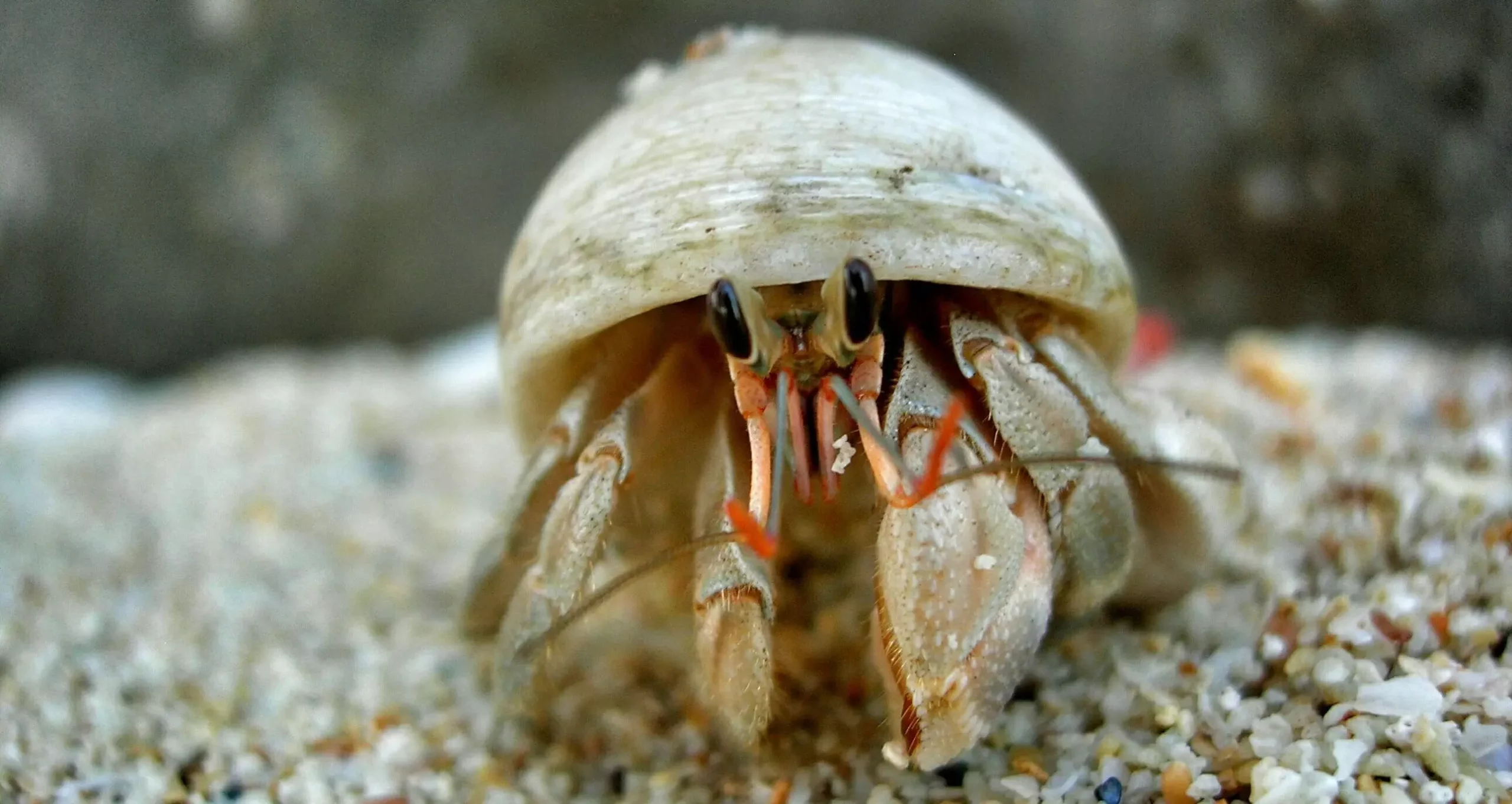Hermit crabs exhibit a fascinating and complex behavior known as molting, a process vital to their growth and survival. Understanding this behavior is essential for anyone who keeps hermit crabs as pets. The molting process is not a singular event but rather a multi-stage journey that can significantly impact both the crab’s health and the owner’s peace of mind.
The molting process consists of several critical stages: preparation, shedding, hardening, and recovery. Preparation involves the hermit crab’s instinct to burrow into the substrate, where it feels safe to undergo the health-intensive transition. During this period, the crab’s body prepares for the shedding of its old exoskeleton, a prelude that can often last several weeks depending on the crab’s size and health. The shedding itself, while often brief, is state-altering, resulting in a fresh, softer exoskeleton that the crab must then harden before it can safely emerge.
Larger crabs typically take longer to complete this cycle, with average-time spans ranging from four to eight weeks. However, factors like the crab’s species, age, and environmental conditions can also affect the overall duration. Smaller crabs might go through the process quicker, indicating that the duration is not just a function of size but also individual variability.
As a pet owner, it’s crucial to maintain an ideal environment for your hermit crab, especially during the molting phase. The habitat’s temperature and humidity play a significant role in the crab’s comfort and ability to successfully molt. A healthy crab will instinctively seek out conditions that support its needs, which includes burrowing under the substrate if the environment becomes too threatening or unsuitable. Regular monitoring of these conditions not only ensures the crab’s safety but also helps prevent undesired behaviors associated with stress.
Before a hermit crab enters the molting stage, it exhibits noticeable behavioral changes. One of the most apparent signs is digging. If your crab suddenly becomes more active in burrowing, it’s likely preparing for a molt. However, it’s essential to confirm that the environmental conditions are within acceptable ranges before concluding that a molt is imminent.
A notable increase in appetite is another sign. Prior to molting, crabs enter a binge-eating phase, consuming large quantities of food to store essential nutrients in the form of fat and moisture. This behavior is often most observable during nighttime, as hermit crabs are nocturnal creatures. Consequently, understanding their feeding patterns can provide insight into their health and preparations for molting.
Physical signs can also indicate that a hermit crab is gearing up for a molt. For instance, if a crab has previously lost limbs, it may begin to regenerate them in preparation for molting. This regeneration manifests as small, clear, gel-like nubs at the site of lost limbs, which will gradually develop as the molt approaches.
Apart from these signs, you may observe a general lethargy in your crab’s activity levels. Dull eyes that resemble cataracts, less responsiveness, and even a slight change in coloration toward an ashy tone can all signal that your hermit crab is nearing this critical phase.
Finally, after shedding, the crab enters a recovery phase where it focuses on hardening its new exoskeleton. This is a particularly vulnerable time for hermit crabs as they can be easily harmed. As an owner, the most responsible action during this phase is to minimize interference. Resist the urge to dig them up or offer help; nature has equipped them with the instincts necessary to manage this transition. Providing a calm and undisturbed environment allows for optimal recovery.
Understanding the intricacies of the molting process for hermit crabs is essential for their care and well-being. By recognizing the signs of an impending molt, maintaining suitable environmental conditions, and offering a supportive habitat, owners can ensure that their crabs undergo this critical life stage in safety and health. Patience and observation are key, as these little creatures navigate their natural instincts in what is often a tumultuous yet fascinating phase of their lives. This knowledge is vital for fostering a thriving pet environment and enriching the experience of hermit crab ownership.

